Adaptive Reuse & Conservation of Heritage buildings as “Heritage Hotels”
Conservation
Conservation is the action taken to prevent decay of any kind. It includes life of our cultural and natural heritage. The meaning of conservation has changed over time and it differs in different countries. The change in attitude of a society, towards its architectural and cultural heritage means that conservation is not a constant but a variable factor. It involves making interventions at various scales and levels of intensity which are determined by the physical conditions, causes of deterioration and the anticipated future environment of the cultural property under treatment. 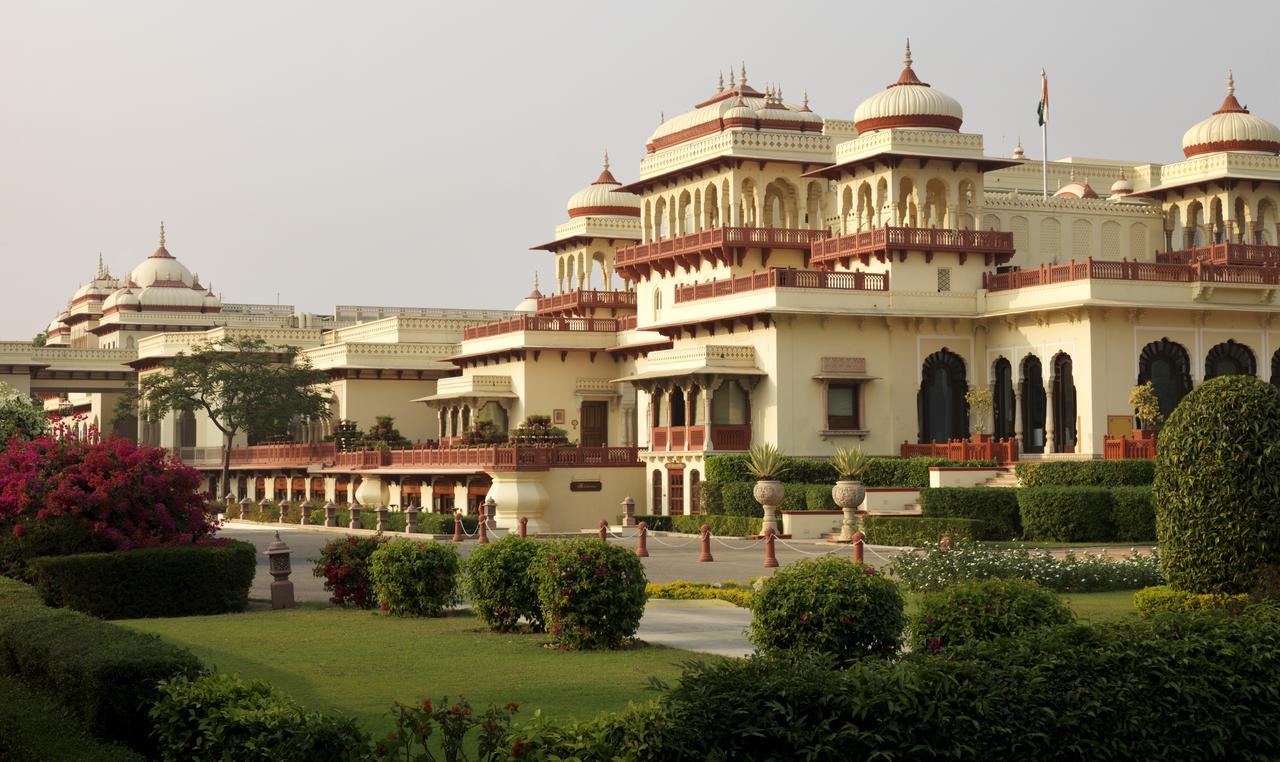

Adaptive reuse
Adaptive reuse of building is one of the a methods of architectural conservation that aims at retaining its heritage even as it continues to serve other function. It is a movement in planning, designed to conserve old monuments & areas in order to tie a place’s history to it’s population and culture. The evolution of our societies is reflected in our building types and styles. This relationship give older buildings a character we value and identify with.
Reuse of heritage buildings is an upcoming trend in india because of its cultural, architectural, artistic and economical benefits. The success of a reuse of building will totally depend on what adaptive reuse is suggested for a space. Many historic buildings are no longer viable in their original function and use but retain their architectural integrity. For these structures, a common type of intervention is rehabilitation, also referred to as adaptive use. Rehabilitation describes a suitable approach when existing historic features are damaged or deteriorated but modifications can be made to update portions of the structure, even adapting the building for a new purpose.
Generally, the changes are most radical on the interior, where more latitude may be taken in making changes to maintain the building’s historic integrity. However, exterior changes are generally minimal. When adaptive use is chosen as the appropriate intervention technique, alterations or additions may be made, but they should not be confused with original historic elements. New construction is typically contemporary in design and may be either compatible with or contrasting to the historic structure; compatible design is new design that maintains some existing elements, such as scale, colour, massing, proportions and materials. It takes some ties to the older elements, if not fully matching them; typically, the newer portion is architecturally expressed as supportive in design to the original building rather than in competition with it. Contrasting design tries to respect the older structure by emphasizing differences rather than similarities.
Issues to be considered in adaptation
- Maintaining the integrity & Cultural significance of the building
The adaptation should not substantially detract from its cultural significance. Changes which are substantially reversible or changes which require a minimal impact should be done. There should be no loss of cultural heritage. In additions we have to learn to appreciate the unquantifiable values of age, character and architectural quality. While reusing a building, an important aspect to be kept in mind is its original cultural significance. For it is this character that defines its architectural heritage. Any additions or alterations to an old building, whether major or minor, should not overpower the essence of its original form. Even if there is an obvious clash odd style or material used, due respect should be shown to the original character of the building.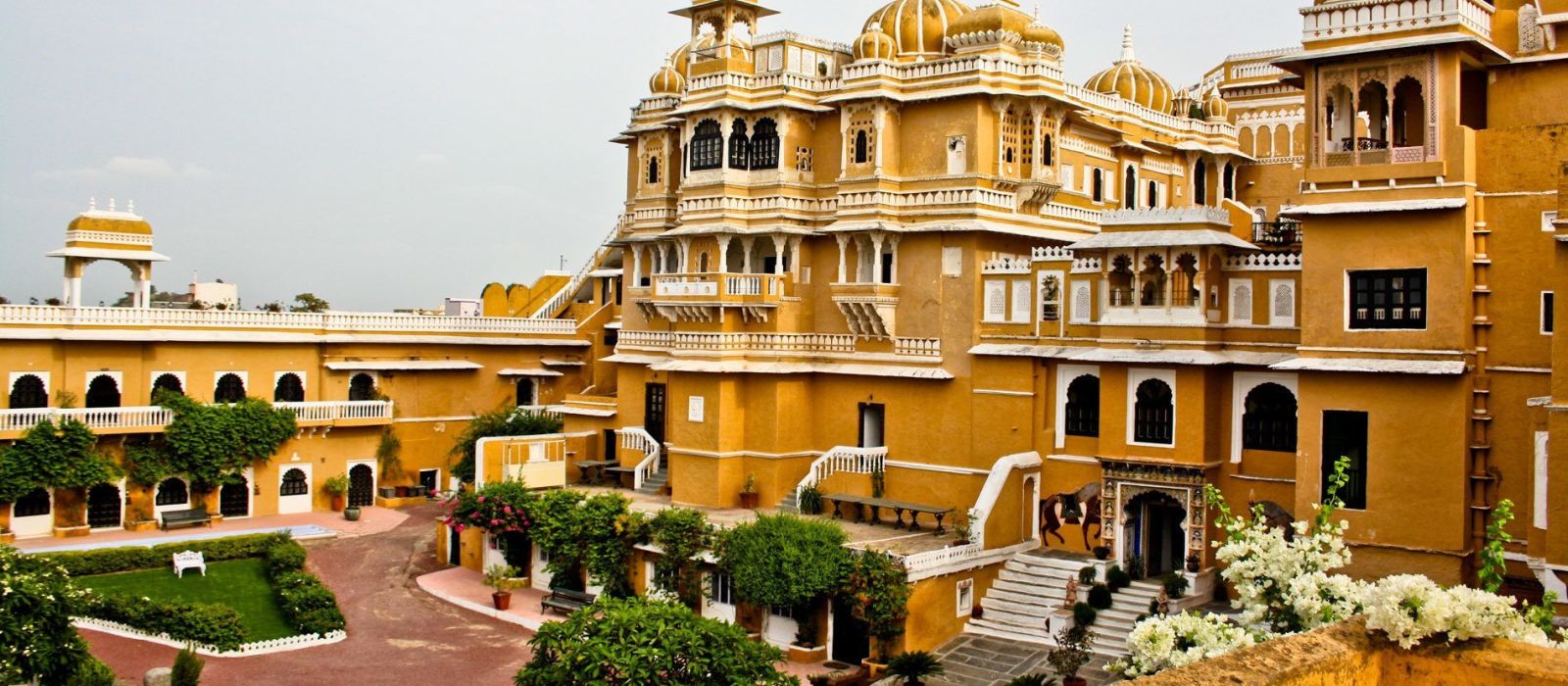
- Visual importance in the regional context
Significant associations between the building and its location should be respected, retained and not observed. Any alterations or additions should be compatible with the location. To a visitor the regional character of a building should be reflected even after any changes have been made. Visually, the building should be contextual to its location and should not seem out of place. The location is a major factor in deciding how much alterations or additions should be done to a building especially a historic one.
- Compatibility with historic character
New functions and activities should be compatible with the character of the historic town or urban area. If a building needs to be reused for an entirely used function, this new function needs to be compatible with both the building as well as the location. The new function of the building would depend on two factors: how much change the building can accommodate; and whether the community requires such a change. For instance, an unused mill lying in a largely commercial area could be reused as a commercial building such as a mall or an office block. However, if it lies in a residential area, it could be converted into a community space. If it lies in a historically important area it could be used as a museum or a tourist attractions.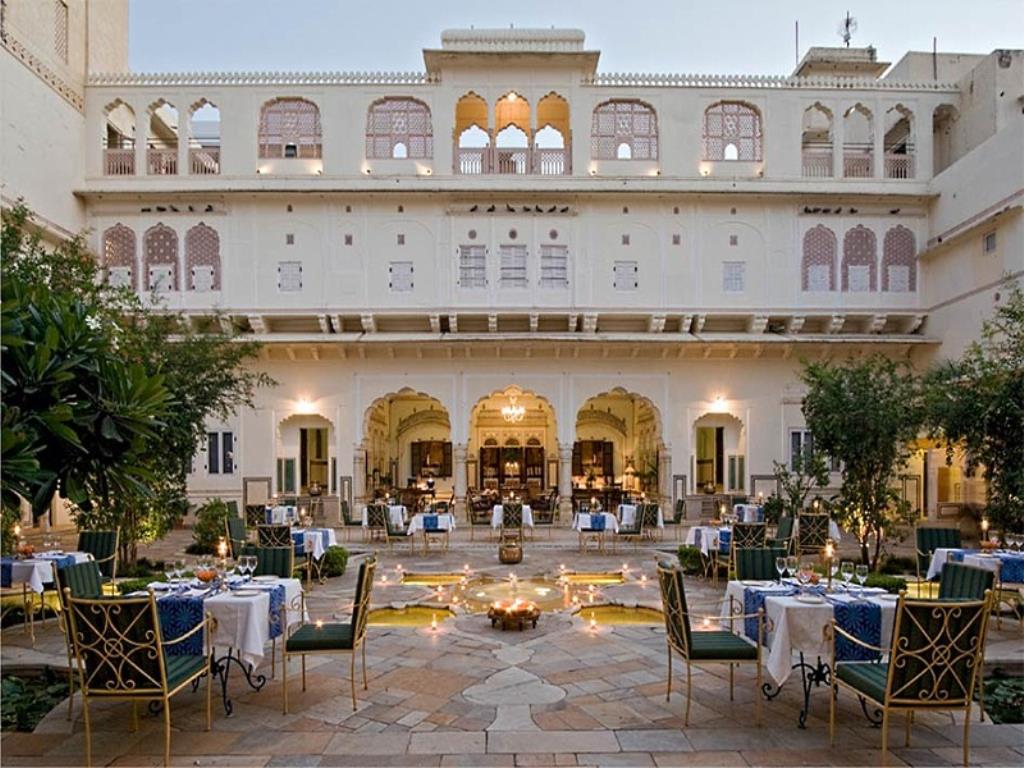
- Contemporary elements of functionality
Introduction of contemporary elements should contribute to the enrichment of an area. New installations or improvements should facilitate public services. Additions or alterations made should respect the integrity of the structure, its character and form while being compatible. If a building is to be reused and new services such as plumbing, wiring and other modern conveniences need to be installed, architectural features such as the facade or the interiors should not be spoilt. Shafts and ducts should not impose on the existing features and attract attention. Escalators and elevators, if needed, should be introduced gradually through a series of changes in interiors, not as an out of place feature. Any alterations to the facade should either be blend with or integrate harmoniously with the existing features.
- New volumes, materials and finishes
New volumes, materials and finishes should echo contemporary ideas but respect and enhance the spirit of the original. Additions should not detract from the interesting parts of the building, its traditional settings, the balance of its composition and its relationship with its surroundings. The introduction of contemporary elements can contribute to the enrichment of an area. Any addition, irrespective of how large the volume added is, should not overpower the old building on which it is based. New finishes essential to complete the building can be of three types: a restorative process of an old feature using the same or similar material; a finish showing the influences of the old without being a blatant imitation, using new materials; or using new materials in a new style, which at the same time reflects the old materials.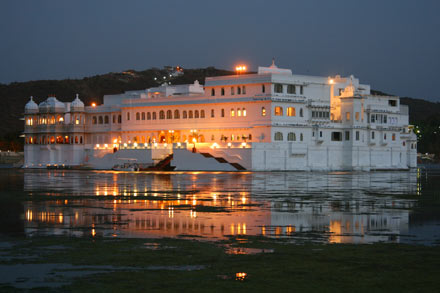
Conversion of palaces into hotels 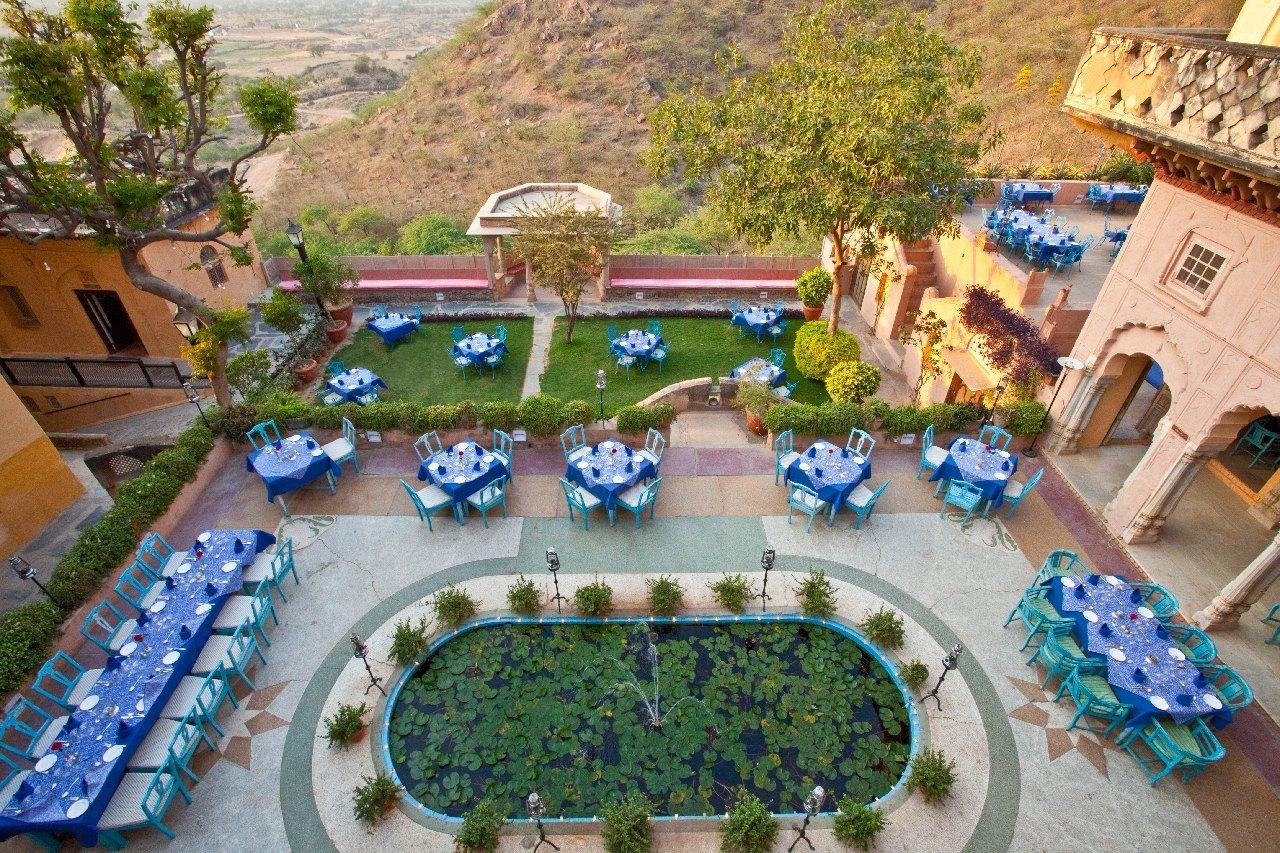
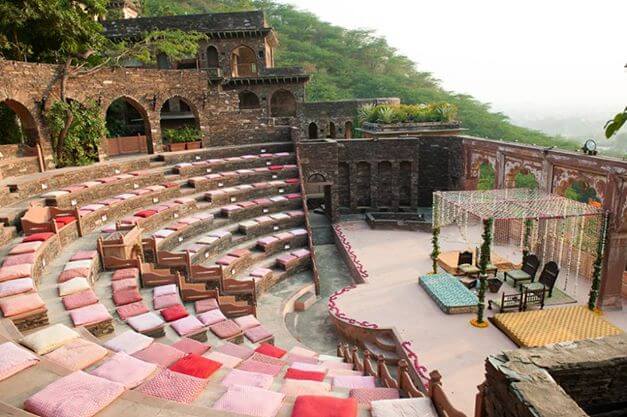
Commercial development of heritage hotels
Most of the palaces in India that have been converted into hotels are 19th and early 20th century structures built on the European model, with service areas, guest rooms, reception halls, dining halls etc for all intents and purpose just like hotels.
In many of these palaces additions and extensions have been made more with a commercial outlook and not a purely conservational one. In many heritage hotel’s more and more guest rooms are added so as to increase the capacity of the hotel. In some cases these are totally modern in style and indistinguishable from any modern day hotel room. These architectural additions, say some critic, are utilitarian and without any architectural distinction. Given the dearth of government funds for archaeological preservation, most of these buildings would be falling into utter ruin if they were not put to some form of commercial reuse.
But as observed in many of the heritage hotels in Rajasthan, more and more newer rooms are being added in order to increase the capacity of the hotel. This is because of the rapid growth of tourist influx, who are attracted by the unique experience of traditional royal living that these hotels offer, however so much commercialisation of these heritage hotels has lead to a change in the atmosphere of many of these hotels which has, now, more of an artificial and tourist quality.
The recent growth in number of such kinds of hotels is also a result of the commercial development of these hotels. Heritage hotel is selling better in the tourist 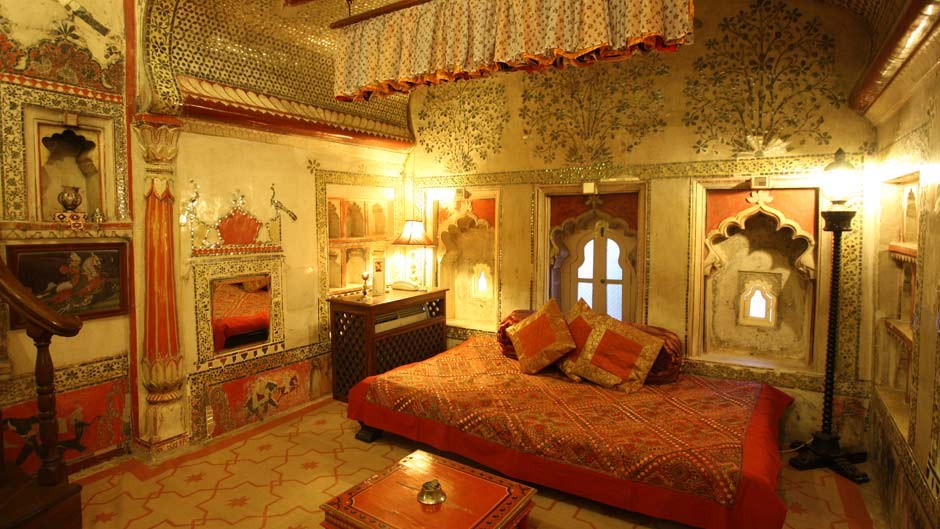 market. Attracting tourist from far and near.
market. Attracting tourist from far and near.
A few of these royal residences have been taken over by Indian government or the state, usually for back taxes, sometimes they are donated, and a few have been sold privately as hotels. The major of the remainder are still owned by descendents of the royal families but are quite often leased out or operated by a major hotel chain.
The presence of three outstanding private hotel management groups – taj, oberoi, and itc-welcomegroup which dominates the industry and offer a high standard of professional services, only accentuates the mutability of the palace hotel business in India.
However at the same time some palaces, assumed by the state government, are run pretty badly under the feckless management of state tourism development corporation, leading to laying waste of any otherwise, what could be, wonderful property, there is a tremendous scope for improvement in these palace hotels, in terms of service and management which could lead to better performance of these properties as hotel.
Hotels that are run by this hotel chain stress-majority on management part apart from the high standard or professional services, these hotels show professionalism regarding management aspect in all sectors of functioning of hotel.
Although these professionally managed hotels offer five star deluxe service and are very comfortable and generally will manage. But very often these hotels tend to expunge the original character of the building in exchange for chic, homogenised stereotyped hotel decor with unconvincing oriental flourishes.
Aspects of tourism and resource mobilization plays a major role of the architect, interior designers, or other people in the conversion of these architectural heritages into hotels and at the same time being sympathetic to traditional values and being sensitive to the changes , its impact on the existing structure, and its architecture.
Ar. Soniya Tiwari
Faculty of Interior Architecture and Design,
IVS School of Design

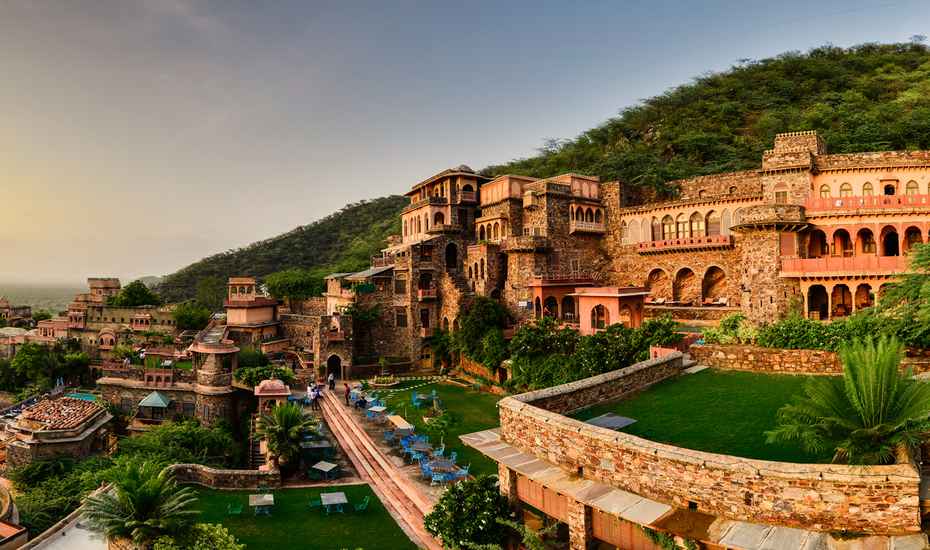
Good post. I learn something new and challenging on sites I stumbleupon everyday.
It’s always helpful to read through content from other writers and use a little something from their sites.